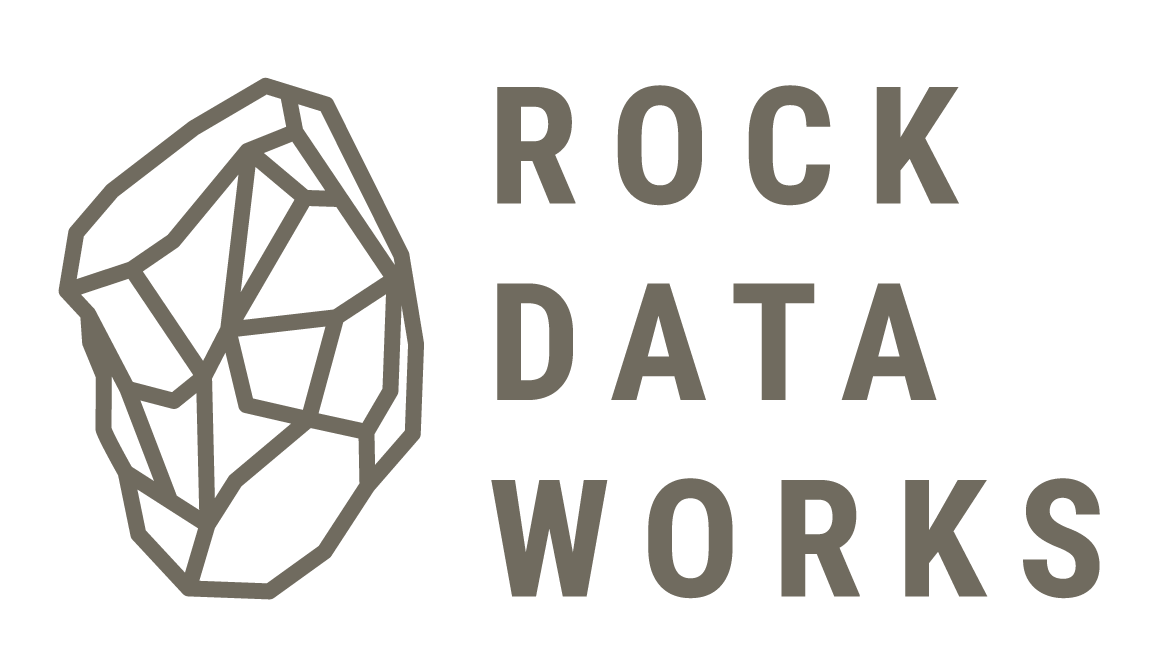Neutron activation analysis (NAA) is an analytical technique that can be used to detect a material’s chemical composition. It is based on the measurement of gamma-ray emissions after bombarding a material with neutrons. NAA sensor applications in mining are mainly conveyor belt scanners and downhole logging tools.
Working principle
There are two common approaches to shoot neutrons at a material. The first one is by using a radioactive material such as californium-252 (Cf-252) that naturally emits neutrons due to its radioactive decay. The analysis technique in which such a radioactive material is used is commonly referred to as prompt gamma neutron activation analysis (PGNAA).
Another approach to generate neutrons is with a pulsed fast/thermal neutron source. This is an electronic device that generates pulses of neutrons by utilizing the deuterium-tritium reaction. The analytical technique is in this case referred to as pulsed fast/thermal neutron analysis (PFTNA).
The neutrons that are shot at a sample are absorbed by the atomic nucleus of each element within the material. As a result, the elements form radioactive isotopes that immediately start to decay and emit gamma-rays (γ-rays)1. The energy and wavelength of the gamma-rays depends on the type of element. The intensity of the emitted rays depends on the quantity of the element within the material that is analysed. The chemical composition of a material can therefore be determined by measuring the gamma-ray spectrum.
All chemical elements can be detected with NAA, but detection limit and accuracy depend on the neutron source and the detection mechanism1. This means that for certain applications a PGNAA system is more suited while for others PFTNA may be better.
General characteristics
Because neutron bombardments fully penetrate solid materials, NAA sensors (including PGNAA and PFTNA) can be used to measure the composition of volumes. The data cannot be captured in the form of images, but is always a point measurement over a certain volume. Measurement time is usually between 30 to 120 seconds depending on the concentration range of the elements of interest. In conveyor belt applications, a moving average is usually collected by collecting all gamma-ray emissions of the volume that passes through the sensor during the measurement.
Contrast
Emission lines or peaks of the individual elements are often relatively distinct, but can sometimes overlap. This is especially the case when high concentrations of certain heavy elements occur that can produce hundreds of peaks at many different wavelengths2.
Detection limits
Detection limits vary significantly between different elements, and differ between PGNAA and PFTNA systems. Several manufacturers of such analysers have published lists of the detection limits for their instruments. These show that detection limits can reach down to around 100 ppm (0.01%) for some elements. It should be noted though that little to no information is usually available on how these detection limits were determined. In order to assess the applicability of an NAA sensor for a specific ore type, it is therefore advised to perform some test measurements to check if the elements of interest can be detected.
Matrix effects
The gamma-ray spectra that are measured with NAA sensors are affected by matrix effects. However, the impact of matrix effects is relatively low compared to some other chemical sensor technologies. This is mainly because the neutron and gamma radiation are of such high energy (and short wavelength) that not many other processes can interfere3.
The matrix effects that occur are mainly due to neutron self-shielding and re-absorption of gamma-rays (γ-rays)3. Neutron self-shielding is a process in which the amount of neutrons that reach the inside of a material pile is lower because some of the neutrons are already absorbed by materials closer to the surface. This means that the material on the outside has a larger contribution on the measured gamma-ray spectrum. This can affect detection if the measured material pile is not homogenous.
The spectra measured with PGNAA and PFTNA are affected by gamma-ray re-absorption that changes with the composition of the measured material. Because of this, instrument calibrations that convert measured gamma-ray spectra to element concentration need to be updated before a PGNAA or PFTNA analyser can be used to measure the composition of a certain ore type. Updating the calibration should be based on samples from the same deposit as where the analyser is used.
Safety
PGNAA and PFTNA sensor systems produce hazardous radiation in the form of neutrons as well as the returned gamma-rays. Strict safety protocols are therefore required to operate such analysers. For conveyor-belt scanning applications, heavy shielding along with safety interlocks is additionally needed to protect the surrounding work areas.
Further reading
Further information on PGNAA and PFTNA, or NAA in general, is mainly found throughout the scientific literature. Two papers that provide a nice overview of the technology are “Determining Elemental Composition Using Prompt γ Activation Analysis” by Revay (2009, Anal. Chem.) and “Prompt gamma-ray activation analysis: fundamentals and applications” by Paul & Lindstrom (2000, Journal of radioanalytical and nuclear chemistry).
References
- Paul, R. L. & Lindstrom, R. M. Prompt gamma-ray activation analysis: fundamentals and applications. Journal of Radioanalytical and Nuclear Chemistry 243, 181–189 (2000).
- Révay, Z. Determining elemental composition using prompt γ activation analysis. Analytical chemistry 81, 6851–6859 (2009).
- Révay, Z. Calculation of uncertainties in prompt gamma activation analysis. Nuclear Instruments and Methods in Physics Research Section A: Accelerators, Spectrometers, Detectors and Associated Equipment 564, 688–697 (2006).

